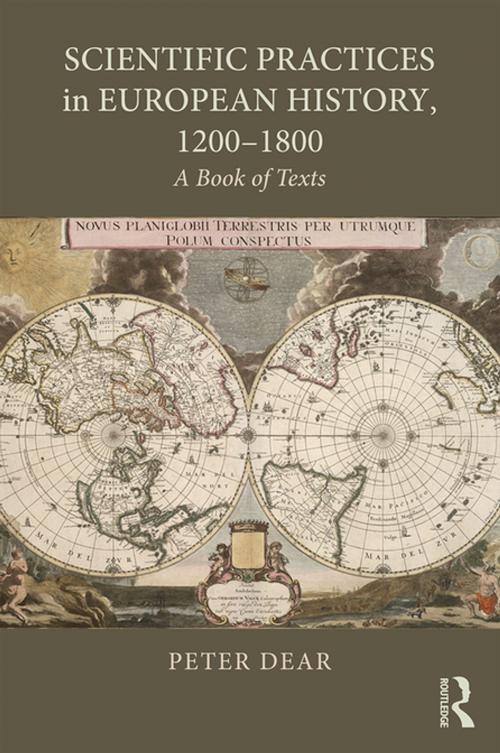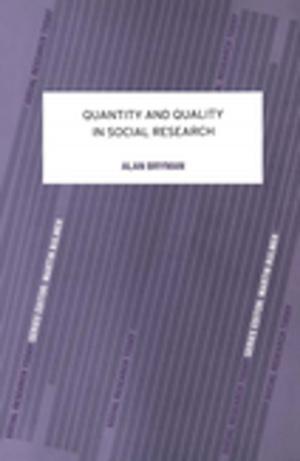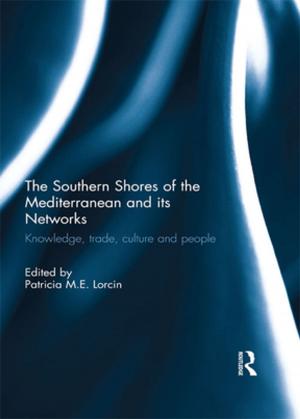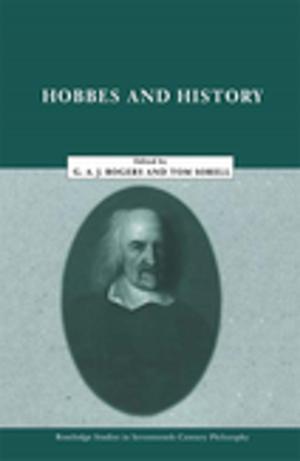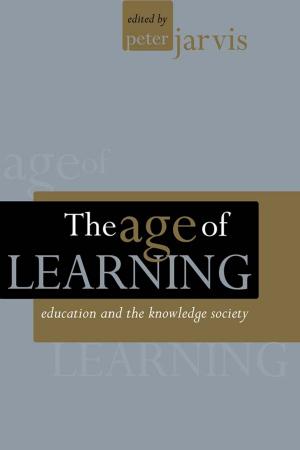Scientific Practices in European History, 1200-1800
A Book of Texts
Nonfiction, History, France, European General| Author: | Peter Dear | ISBN: | 9781351627740 |
| Publisher: | Taylor and Francis | Publication: | July 28, 2017 |
| Imprint: | Routledge | Language: | English |
| Author: | Peter Dear |
| ISBN: | 9781351627740 |
| Publisher: | Taylor and Francis |
| Publication: | July 28, 2017 |
| Imprint: | Routledge |
| Language: | English |
Scientific Practices in European History, 1200–1800 presents and situates a collection of extracts from both widely known texts by such figures as Copernicus, Newton, and Lavoisier, and lesser known but significant items, all chosen to provide a perspective on topics in social, cultural and intellectual history and to illuminate the concerns of the early modern period.
The selection of extracts highlights the emerging technical preoccupations of this period, while the accompanying introductions and annotations make these occasionally complex works accessible to students and non-specialists. The book follows a largely chronological sequence and helps to locate scientific ideas and practices within broader European history.
The primary source materials in this collection stand alone as texts in themselves, but in illustrating the scientific components of early modern societies they also make this book ideal for teachers and students of European history.
Scientific Practices in European History, 1200–1800 presents and situates a collection of extracts from both widely known texts by such figures as Copernicus, Newton, and Lavoisier, and lesser known but significant items, all chosen to provide a perspective on topics in social, cultural and intellectual history and to illuminate the concerns of the early modern period.
The selection of extracts highlights the emerging technical preoccupations of this period, while the accompanying introductions and annotations make these occasionally complex works accessible to students and non-specialists. The book follows a largely chronological sequence and helps to locate scientific ideas and practices within broader European history.
The primary source materials in this collection stand alone as texts in themselves, but in illustrating the scientific components of early modern societies they also make this book ideal for teachers and students of European history.
